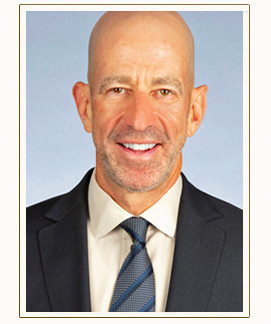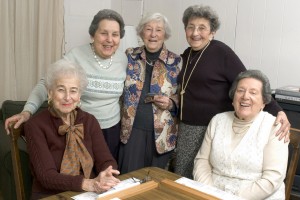Planning for retirement can be complicated. Many retirees rely on a combination of Social Security retirement benefits and retirement savings accounts such as IRAs. Knowing when it is in one’s best interest to start taking benefits or withdrawals is crucial: not too early and not too late. 
When it is “too early” to take benefits or withdrawals may be a matter of opinion. After all, if a retiree needs the funds at a certain time, he or she may be have no choice. However, in planning your retirement, it is important to know when taking money too early will carry penalties. With regard to savings in IRAs, if you withdraw funds before age 59 1/2, you will face a 30 percent mandatory withholding: 20 percent prepayment of income tax and a 10 percent penalty for early withdrawal. When it comes to Social Security benefits, keep in mind that taking early retirement benefits at age 62 means that you will receive a fraction of the benefits you would get if you waited until full retirement age or even longer. It’s also important to know that if you take early retirement benefits while still working, the money you earn over a certain amount each year may reduce your benefits, until you reach full retirement age.
At the other end of the scale, withdrawing money “too late” means failing to take your required minimum distributions from an IRA once you reach age 70 1/2. If retirees with pretax retirement accounts wait too long to withdraw retirement income, they can face a 50 percent tax. So whether you need the cash flow or not, be sure to take those required minimum distributions, even if it is only to reinvest the funds.
Learn more about our services by visiting www.elderlawnewyork.com.
Was this article of interest to you? If so, please LIKE our Facebook Page by clicking here.




 The Sarah Neuman Center at Jewish Home has introduced the NightCare program designed to comfort and engage elders with this level of dementia, and to provide respite for their caregivers. Offered several nights per week, from 7 PM to 7 AM, the NightCare program is staffed by experienced, caring professionals like Ruth Mederski, LPC. She explains, “At night when these seniors can become more anxious, we are there to give reassurance.”
The Sarah Neuman Center at Jewish Home has introduced the NightCare program designed to comfort and engage elders with this level of dementia, and to provide respite for their caregivers. Offered several nights per week, from 7 PM to 7 AM, the NightCare program is staffed by experienced, caring professionals like Ruth Mederski, LPC. She explains, “At night when these seniors can become more anxious, we are there to give reassurance.”


 Our guest blogger this week is Emily Newhook, the community relations manager for the online master of public health (MPH@GW) offered through the Milken Institute School of Public Health at The George Washington University. She lives in Washington, D.C. Follow her on Twitter
Our guest blogger this week is Emily Newhook, the community relations manager for the online master of public health (MPH@GW) offered through the Milken Institute School of Public Health at The George Washington University. She lives in Washington, D.C. Follow her on Twitter 
